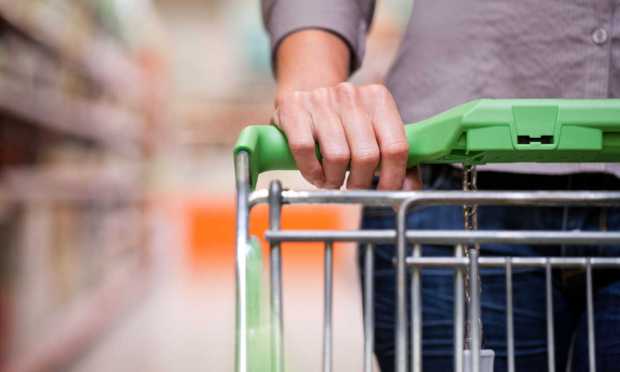Grocers Step up Personalization in Bid for Inflation-Impacted Shoppers’ Loyalty

This week in grocery, retailers ramp up personalization efforts as rising prices boost supermarket sales.
Michigan-based supermarket chain Meijer, which has nearly 500 stores across the Midwest and Kentucky, on Thursday (Jan. 12) announced the launch of an update to its mPerks loyalty program to improve its rewards personalization capabilities.
“Meijer is committed to providing value and convenience for our customers, and the changes we’ve made to mPerks expands on both by offering more personalized savings, along with more opportunities to earn points,” Vice President of Customer Strategy Derek Steele said in a statement. “We want to ensure we’re continuing to provide personalized value while also making the experience fun and engaging.”
Indeed, deals that resonate with consumers can be key to driving purchasing frequency. According to data from PYMNTS’ study “Decoding Customer Affinity: The Customer Loyalty to Merchants Survey 2022,” created in collaboration with Toshiba Global Commerce Solutions, 42% of grocery shoppers stated that the availability of loyalty programs with rewards they like would improve their loyalty to merchants.
Plus, research from PYMNTS’ study “Big Retail’s Innovation Mandate: Convenience and Personalization,” created in collaboration with ACI Worldwide, found that 74% of grocers think that consumers would be very or extremely likely to switch merchants if digital coupons and rewards were not provided.
Food Prices Continue to Climb
Data from the U.S. Bureau of Labor Statistics (BLS) released Thursday revealed that grocery prices in December were up 11.8% year over year, with some categories even higher. Prices for cereals and bakery products were up 16.1%, and dairy prices up 15.3%.
Yet given the necessity of eating every day, consumers have few options but to bear the brunt of this inflation, given that restaurant prices are also up 8.3%, and dining out remains significantly more expensive than cooking food at home.
Additionally, as PYMNTS’ Karen Webster noted last month, “Seven months of consumer data as reported by PYMNTS show that consumers consistently say that the prices they pay for food, gas, clothing and household essentials are more than twice as high as what government data reports.”
Grocers are benefitting from consumers’ price anxieties. Research from PYMNTS’ study “Consumer Inflation Sentiment: Inflation Slowly Ebbs, but Consumer Outlook Remains Gloomy,” which drew from a survey of more than 2,100 consumers, found that 78% have been eating at home more often to save money amid inflation.
The question for retailers becomes: how do we make sure that, as consumers shift to purchasing groceries more, we are the merchant they choose? That is where recent data and personalization investments come in.
Albertsons Boosts Data Capabilities with Pinterest Pilot
Albertsons Companies, meanwhile, is looking to improve its personalization capabilities by working with other businesses to expand its data access.
Last week, Pinterest announced that the grocer is the first business pilot testing the social media platform’s new clean room solution created in partnership with data platform LiveRamp. The initiative offers a walled digital space for Albertsons to connect its own first-party data to Pinterest’s data, generating anonymized insights into consumer behavior.
The grocer is beginning by using this tool to offer reports to brands that advertise through Albertsons’ in-house retail media company, helping to track the effectiveness of their campaigns.
“While our initial test pilot focuses on enabling closed-loop measurement, this partnership will ultimately provide our team a more holistic view of our customers’ digital footprint to unlock more advanced measurement capabilities, like incrementality and Multi-Touch Attribution (MTA), down the road,” Kristi Argyilan, senior vice president of retail media at Albertsons Media Collective, said in a statement.
